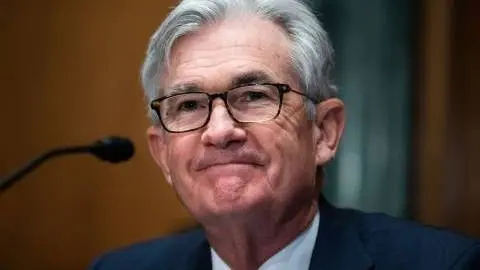ING’s February Monthly: Reasons to be cheerful, Part 3
The weather may be grim, much of the international news is grimmer still. But whisper it! We are daring to believe that there's some economic optimism, finally, in the air
Executive summary
Some of you may remember the Ian Dury classic Reasons to be Cheerful, Part 3 from the 70s. He lists a few small things that made him smile. And, for the first time in a long time, we're tapping our feet to a slightly different beat. For quite some time, we've been warning about premature optimism. While we're still not exactly jumping up and down with unabated glee, we are revising our US growth forecasts upwards. We're also seeing tentative signs of a bottoming out of the eurozone economy. And seeing as beggars can't be choosers, we're holding on to those very tentative signs of hope.
So, to Part One: The US economy has simply not stopped surprising us with its unexpected resilience. It still looks like a small economic miracle - or conundrum - that the surge of the entire spectrum of lending interest rates has hardly affected the real economy, at least not yet. We're throwing the recession towel in the ring and believe that the US consumer will currently rather tap his or her savings than reducing spending.
In Part Two, the more structural shift of investments also seems to be supporting the US economy. It appears to be the result of the Inflation Reduction Act and the AI hype creating a goldrush with apparently almost everyone buying several shovels. Instead of recession fears, the term ‘Goldilocks’ has appeared more often in recent weeks.
To be clear, there are still enough risks out there. Just think of the delayed impact of monetary policy tightening and potential financial stability woes as currently illustrated by recent renewed fears in smaller US banks.
The eurozone is still stuck in stagnation and, as so often in the recent past with geopolitical conflicts, it is Europe that economically seems to be hit the most by the current military conflict in the Red Sea. Up to now, the impact on both inflation and growth will be tangible but small. However, further supply chain disruptions cannot be excluded.
So, reasons to be cheerful, Part 3: the increase in German industrial orders at the end of last year, as well as the plateauing of inventories, point to a bottoming out of the German industrial weakness. That's good news for the eurozone as well. It's not yet good enough to revise our growth profile upwards, but at least it's an encouraging sign that some sort of gradual improvement could start kicking in from the second quarter.
Has spring come early? With more optimism regarding the growth outlook, we're becoming even more confident in our central bank calls of a first rate cut by the US Federal Reserve in May and by the European Central Bank in June. As long as both economies can avoid an unexpected sudden halt, inflation's not back to target and the risk of second round effects on wages isn't averted, major central banks will be more cautious starting a rate cut cycle than financial markets have still priced in.
Sometimes it is the small things that give hope and pleasure. There are still too many risks out there, economical and geopolitical, to become overly enthusiastic but after months of downward revisions, let’s cherish the moment: some tentative optimism is back.
Carsten Brzeski
Download
Download report
8 February 2024
ING Monthly: Reasons to be cheerful, Part 3 This bundle contains 14 ArticlesThis publication has been prepared by ING solely for information purposes irrespective of a particular user's means, financial situation or investment objectives. The information does not constitute investment recommendation, and nor is it investment, legal or tax advice or an offer or solicitation to purchase or sell any financial instrument. Read more
